Almost extinct in the 1930s North America's native wild turkeys have made an excellent comeback! I read that there are an estimated 7 million birds today, and there are a bunch of them that visit my yard regularly.

They eat nuts, insects, berries and snails and use their strong legs to scratch through the leaf litter in the woods in their search for food. They also do a good job scattering the mulch that I put around my landscape plantings.
I read that they can change the color of their head when they are calm or excited to red, white, or blue. Very patriotic! But their red heads must not have felt very threatening to this squirrel!
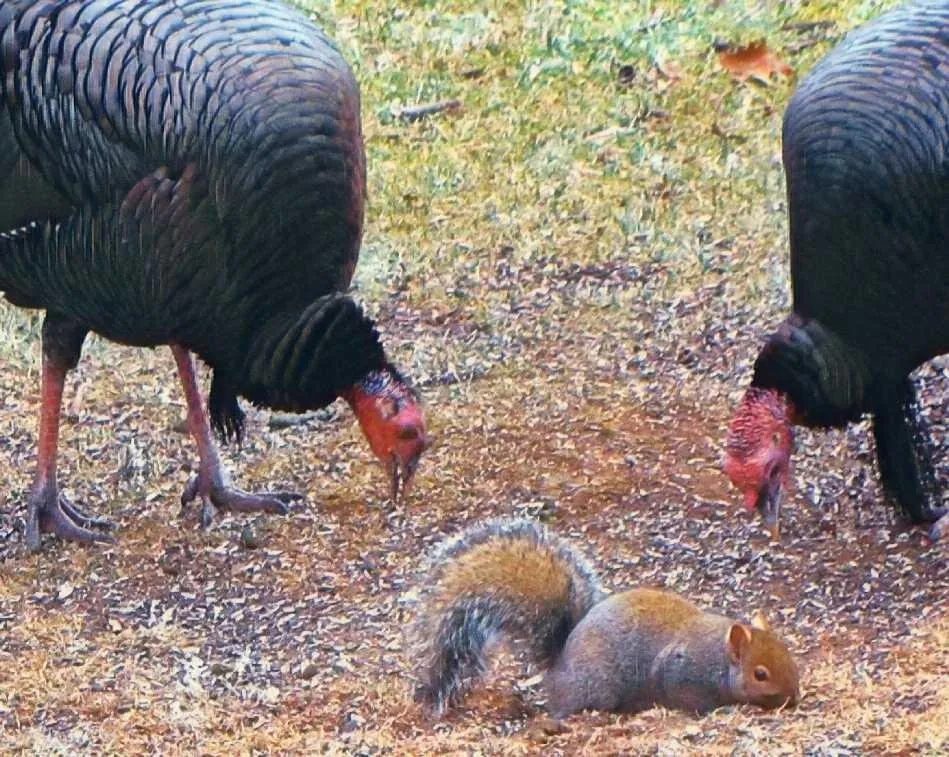
In early spring, males puff up their body feathers and fan their tails in courtship displays. They strut slowly while giving a gobbling call.
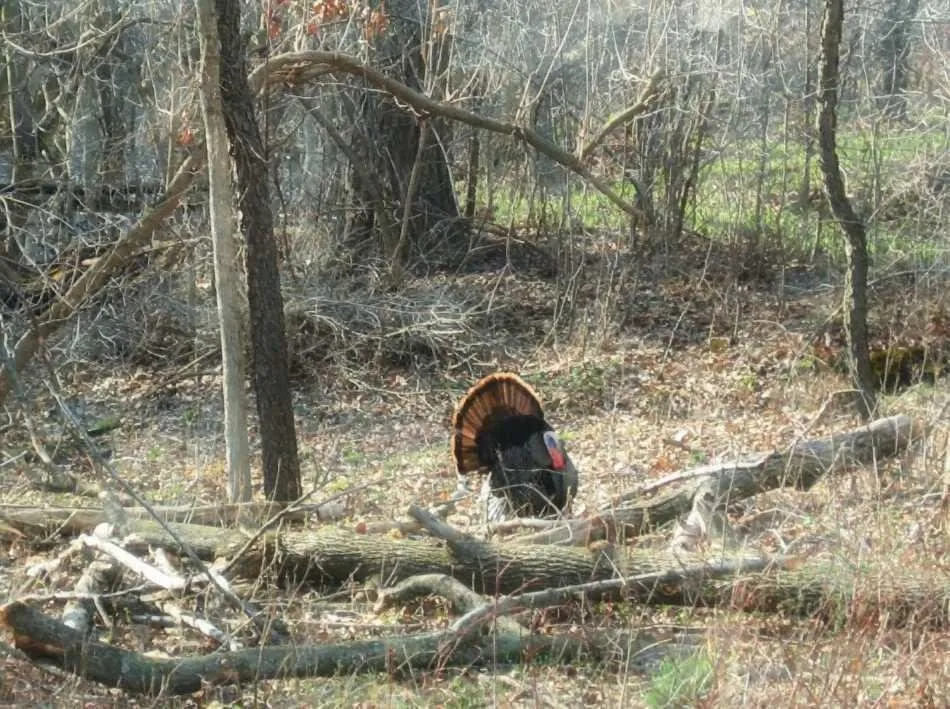
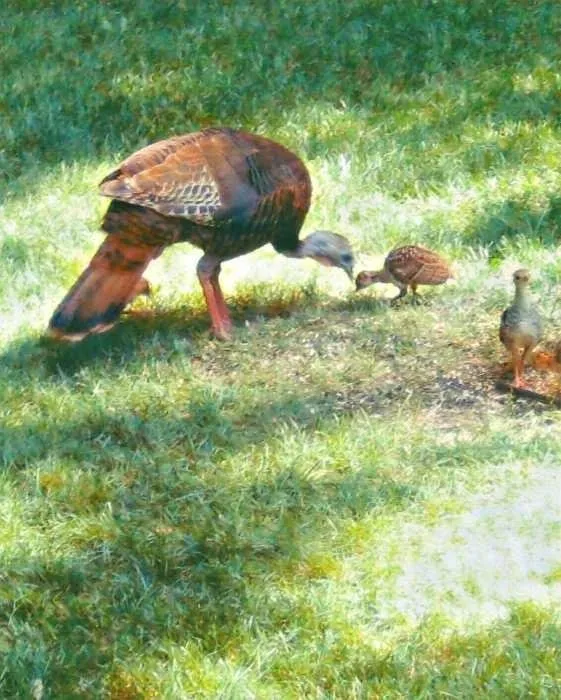
For the first 4 weeks baby turkeys, called poults, are unable to fly and rely on their mother for protection.
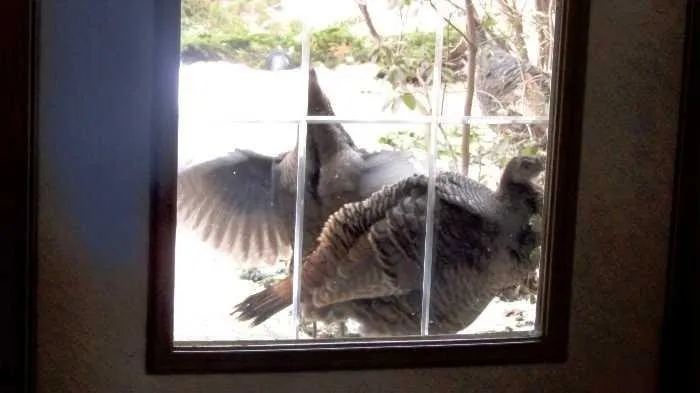
These guys were up on the front porch looking in the front door.
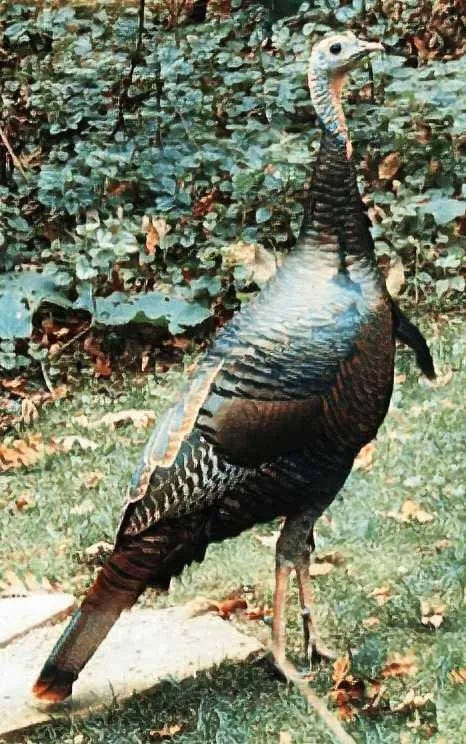
Usually I see them running across the open areas. They can run 12 miles an hour, about the same as people can.
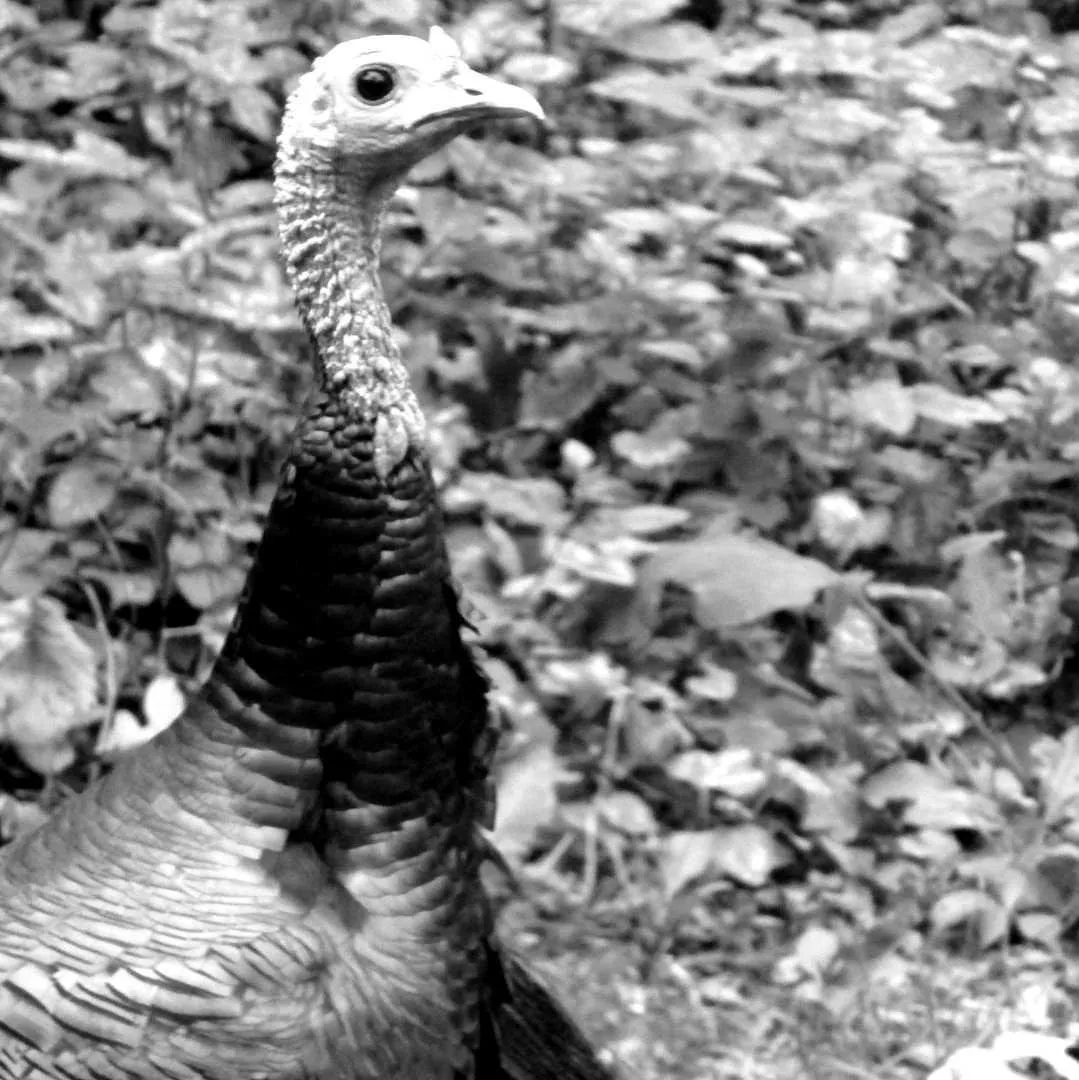
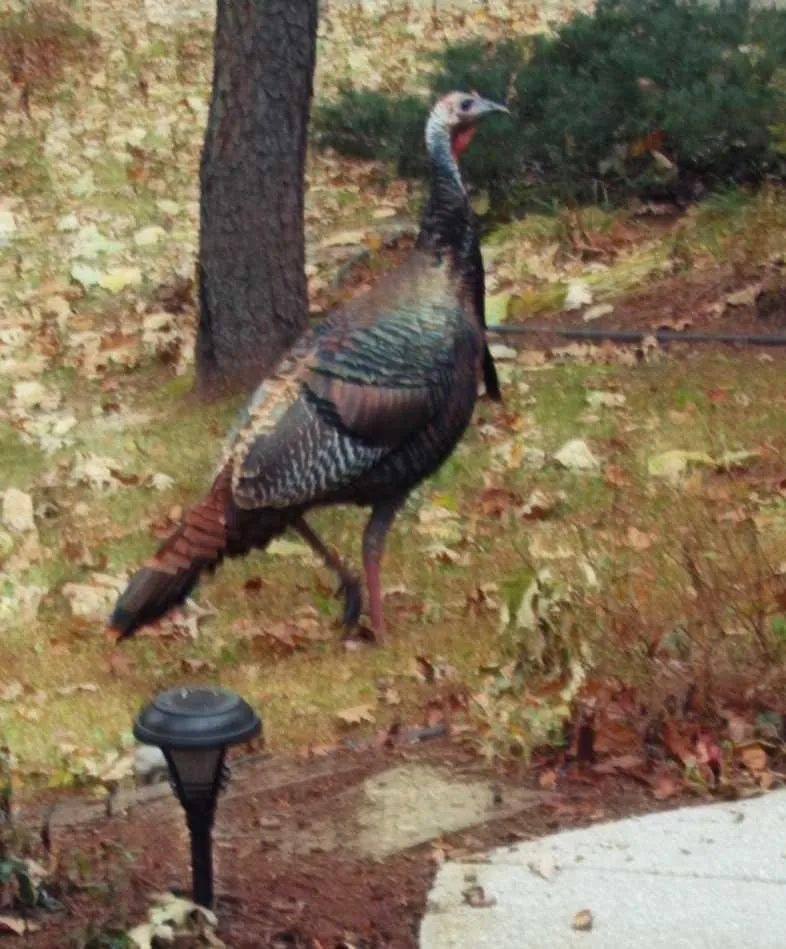
At night, turkeys fly up into trees to roost in groups. One time while out for a walk through the woods I happen to unknowingly walk under a tree where a rafter of turkeys were roosting and I startled them. Now turkeys are really strong flyers, and can reach speeds of 50 miles an hour, but when they're on a tree branch, before they get airborne, they drop a long way straight down, while trying to get air under their wings. You can imagine the chaos! And my shrieks!
They roost up at the top of the hill and my neighbor has counted 30 of them sleeping in the big oak tree in his yard at night. It's no wonder there are always a few in my yard during the day!


Shadow Photo Contest- Round 40- ART Shadows


Proud to be a member of The Steemians Directory


